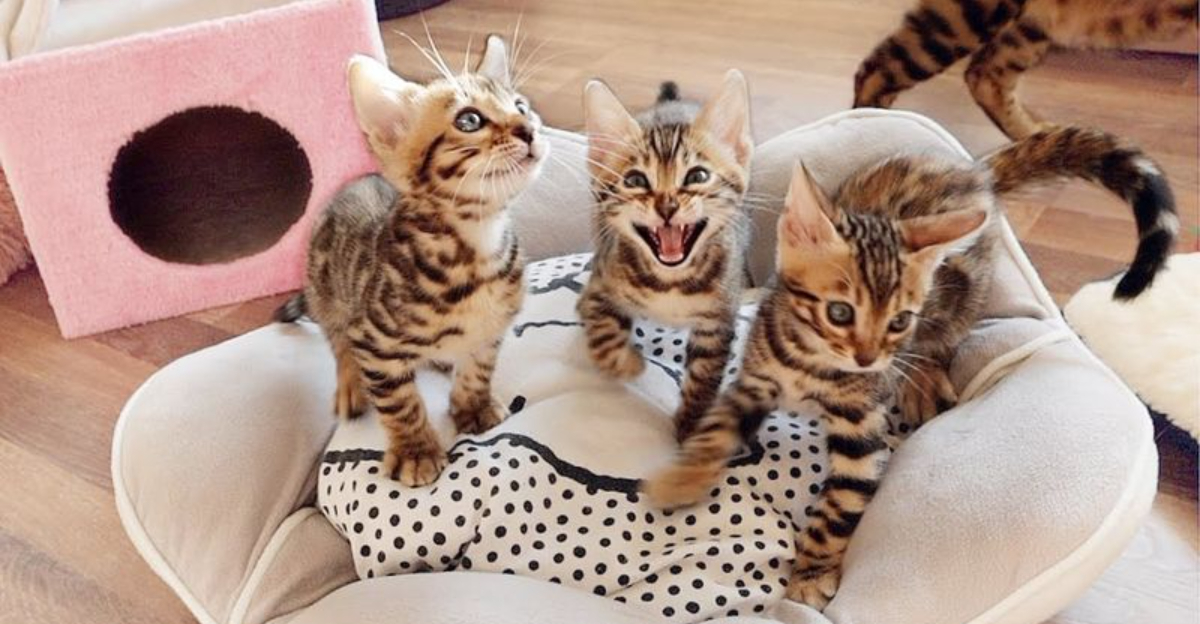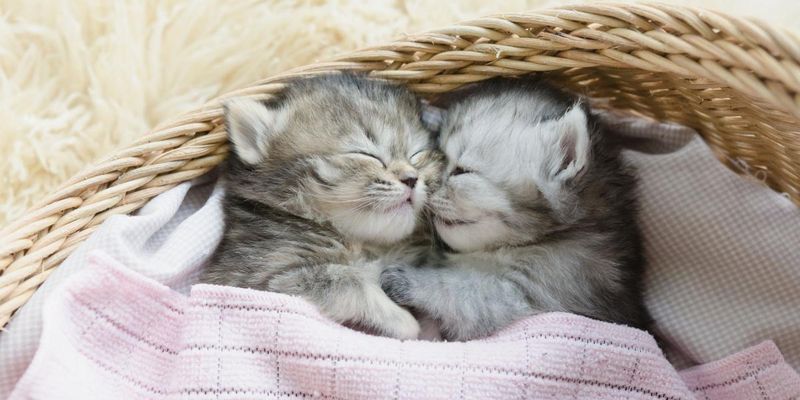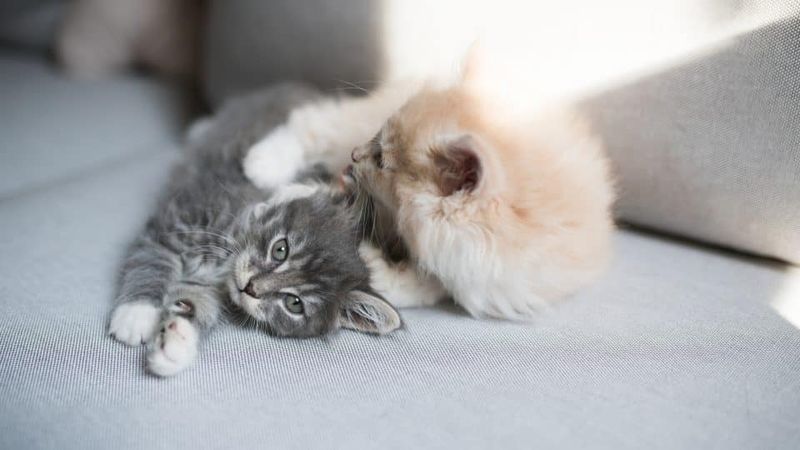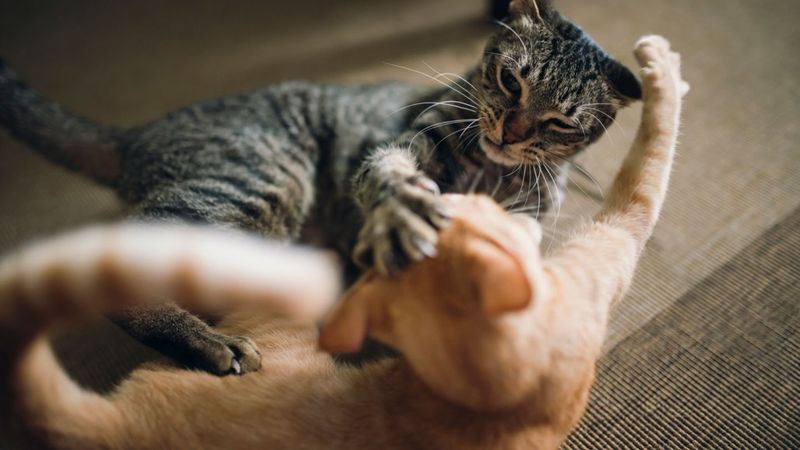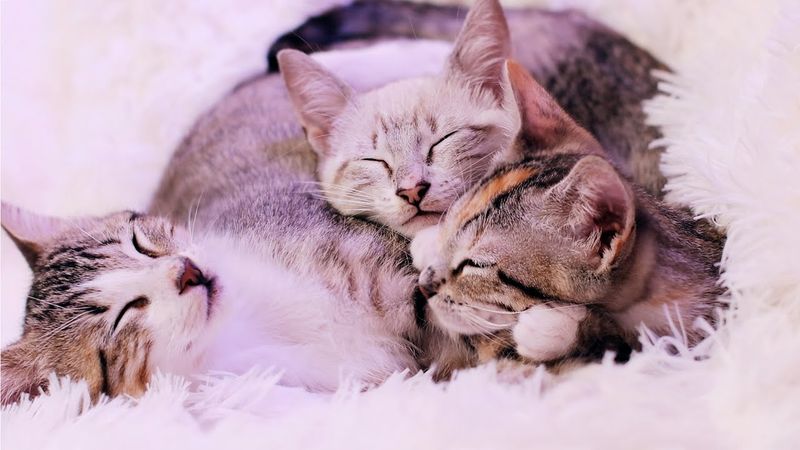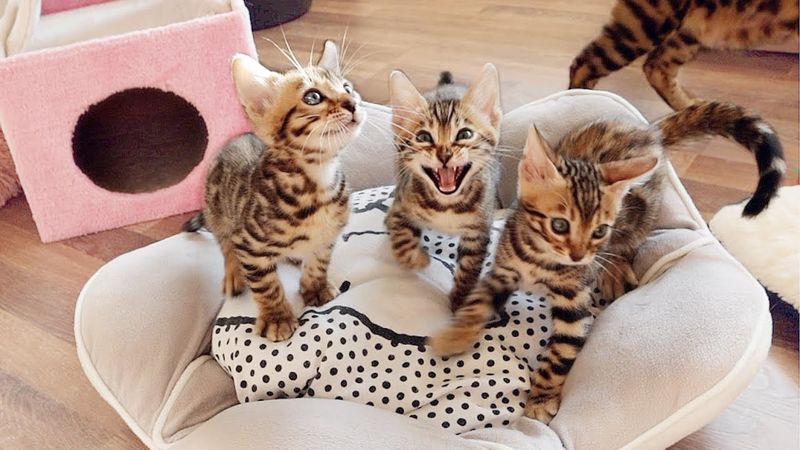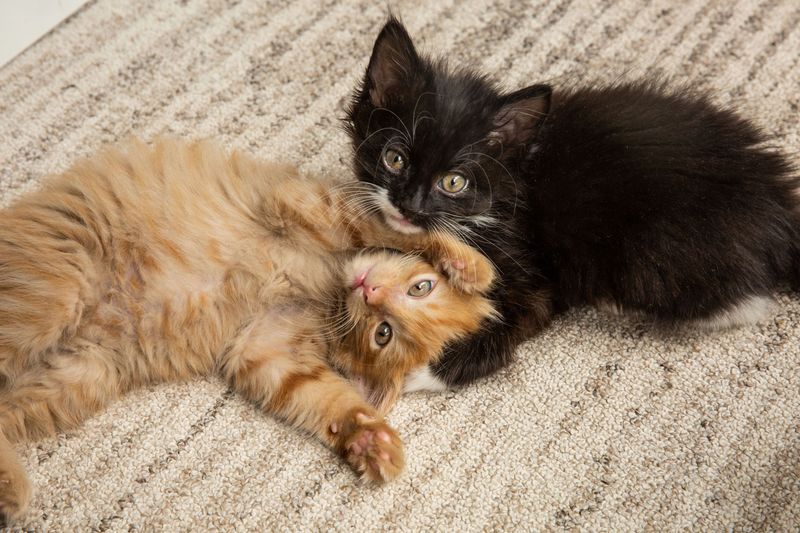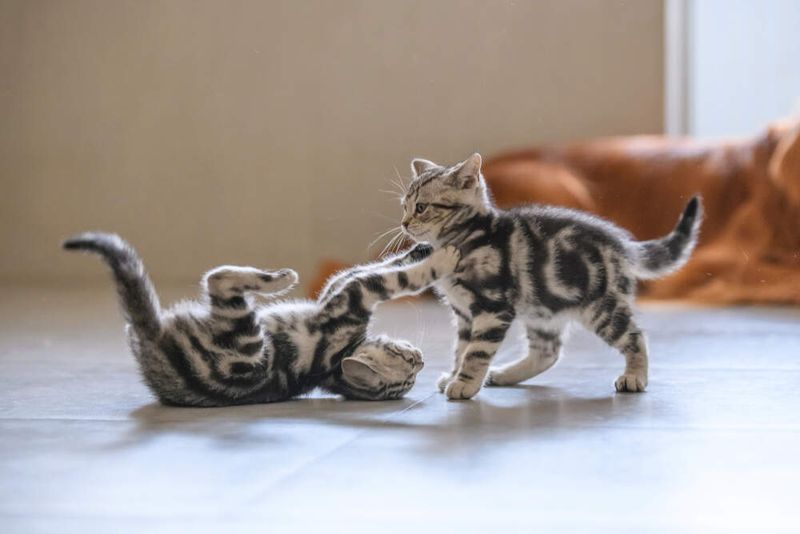📖 Table of Content:
When we think of kittens, we often imagine wide eyes, soft fur, and playful pounces—but behind that adorable exterior lies a world rich in emotion and connection. From the moment they are born, kittens begin weaving a complex web of relationships with their littermates, forming emotional bonds that are not only essential for survival but also profoundly heartwarming to observe. These relationships lay the groundwork for social learning, empathy, and emotional intelligence later in life.
Though small and seemingly fragile, kittens demonstrate an extraordinary capacity for affection, cooperation, and even comfort toward one another. They develop trust through touch, voice, and movement—rituals of closeness that go far beyond instinct. These interactions serve as a mirror, reflecting not only their growing personalities but also their deepening emotional ties.
What may surprise many is just how varied and meaningful these kitten-to-kitten moments are. Whether through a nuzzle, a gentle paw tap, or a shared nap, these furry siblings find countless ways to express closeness. Let’s explore seven unexpected and tender behaviors that reveal how kittens build emotional bonds with their littermates—and remind us that love and connection start early, even in the animal kingdom.
1. Synchronized Sleeping
There’s something almost poetic about the sight of kittens sleeping in a tangled, purring heap. Their bodies instinctively curl into one another, forming a living blanket that offers not just warmth but comfort and unity. This sleeping arrangement, often beginning within days of birth, is their first form of emotional bonding. As their breathing patterns align, it has a calming effect, reinforcing a sense of security. The synchronization goes beyond physical rest—it fosters emotional attunement. By sharing these restful moments, kittens develop an early sense of togetherness. Their bond strengthens with every nap taken in soft silence.
2. Mutual Grooming
Licking each other’s fur isn’t merely a hygiene ritual for kittens—it’s a language of love and trust. When one kitten grooms another, it’s offering care in the most tactile and reassuring way possible. This intimate interaction often targets sensitive areas like the face or neck, where only a sibling can reach. Through this process, they also reinforce social bonds and reduce stress, essentially saying, “I’m here for you.” Grooming can also establish and maintain gentle hierarchies within the group, but without conflict. The mutual nature of this grooming underscores equality and shared affection. It’s affection expressed through touch, delicately and sincerely.
3. Cooperative Play Fighting
Wrestling matches and playful pounces serve a deeper purpose than simple fun. These mock battles are structured opportunities to learn social cues, manage impulses, and strengthen relationships. Each leap or nip is calibrated—kittens quickly adjust if a sibling yelps or recoils. These adjustments are early signs of empathy and understanding. Engaging in this type of play teaches them to handle both victory and defeat with grace. It’s a safe environment where trust is both tested and reaffirmed. With every bounce and tumble, the ties between them are fortified.
4. Purring Together
Far from being just a self-soothing tool, purring often becomes a shared rhythm among littermates. When one kitten starts purring, especially in moments of comfort or stress, others tend to join in. This shared vibration creates a blanket of calm, almost like a collective meditation. The act signals contentment and safety, strengthening their emotional synchrony. It’s particularly noticeable when kittens gather after a meal or during grooming sessions. This communal purring acts as emotional reinforcement, deepening their connection. It’s a silent, resonant expression of closeness.
5. Calling and Responding
From their earliest days, kittens develop a symphony of squeaks, mews, and chirps directed at each other. These vocalizations help them locate one another and signal needs, long before they can see or explore. The beauty lies in how their siblings often respond, matching tone or direction. This back-and-forth isn’t random—it’s a developing form of emotional reciprocity. Each call affirms, “I know you’re there, and I care.” These tiny conversations build trust and familiarity in a way only siblings understand. Vocal bonding forms the basis of more complex communication down the line.
6. Shared Exploration
Bold adventures—such as crawling out of the nest or tackling a new toy—feel far less daunting when done in pairs or groups. Kittens tend to explore as a unit, watching each other’s reactions and mimicking behavior. These joint expeditions spark confidence and resilience in each kitten. More importantly, shared successes, like climbing onto a new surface, reinforce their social bond. They learn to rely on each other for encouragement and cues. These mini-journeys become team-building exercises of the fluffiest kind. Through every brave step, they grow emotionally closer.
7. Comfort During Stress
In unfamiliar or frightening situations, kittens instinctively turn toward one another. Whether it’s a loud noise, a visit to the vet, or a shift in environment, they huddle up for support. This clustering behavior is not just about physical safety—it’s deeply emotional. The presence of a littermate lowers stress hormones and increases a sense of reassurance. It’s a primal, powerful display of interdependence. These comforting gestures speak of a connection deeper than instinct. In moments of fear, their bond shines brightest.
